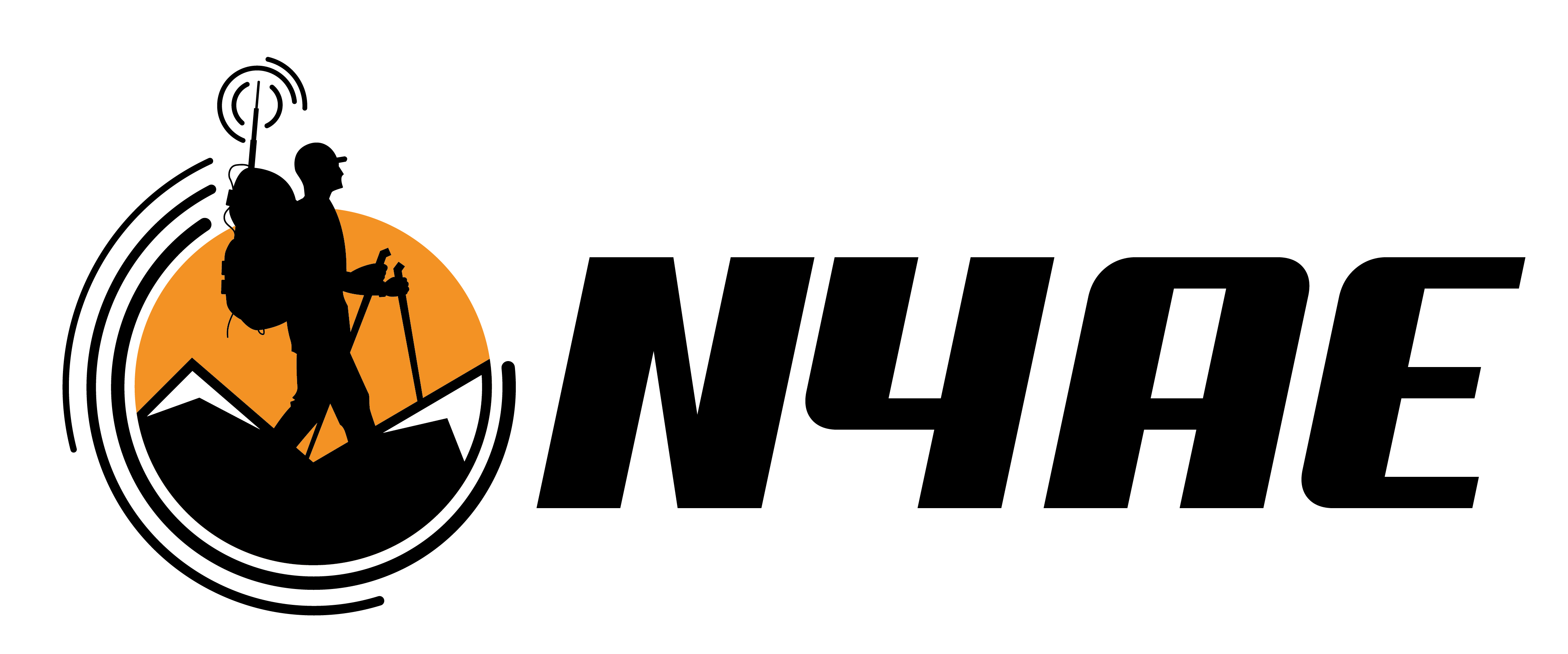Upgrading Coax to the Mobile HF Antenna
This is Part 12 of Outfitting a Jeep JK Unlimited for Ham Radio. In this part, I will upgrade the coax that runs between the HF transmitter and the screwdriver antenna. I also will explain the rationale behind this move and discuss why I believe it is an important part of improving radio station performance on HF.
Amateur Radio Equipment to Install
- ABR Industries 9-Foot RG-8X Coax Jumper Cable
- LP SO-239 to PL-239 Right Angle UHF Connectors
- MFJ-700A4 RFI Supression Chokes for RG-8X
Tools and Equipment Used
- None

My Little Tarheel II antenna mounts to my Jeep using the Comet-NCG HD-5 Lip Mount.
The HD-5 Lip Mount has a 20-foot section of RG-58. On HF, the line loss is small over such a short distance. You may ask yourself why am I changing coax when the loss is acceptable at this length.
One lesson every QRP operator learns is never to give up transmitter power willingly. If your transmitter power is only five watts, don’t surrender half of it as heat in lossy coax.
For most QRP stations, the antenna is the hero. With good ground, height, and resonance, you can be David among Goliath.
In Mobile HF, the antenna is the nemesis. It is a fraction of the length is needs to be. It has poor ground. And worse, the antenna sits attached to a big metal object of questionable electrical properties. Did I mention the computer-controlled, internal combustion engine?
While the loss admittedly is small using RG-58, it is even smaller over 9-feet of RG-8X.
This is why I upgraded my coax. Give up no power willingly.
Step One – Disconnect VHF and HF Antennas

Step Two – Reconnect VHF Antenna with Right Angle Adapter
In addition to upgrading coax, I also changed the path of the coax through the interior of the Jeep. I added right angle adapters so the coax does not bend at the radio.

Step Three – Connect RG-8X with Right Angle Adapter
I put the HF adapter at a 45° angle from the VHF adapter, making sure that the two do not touch.

Here is a wider view of the assembly.

Step Four – Draw RG-8X Behind Passenger Seat

Step Five – Draw RG-8X Under Carpet to Back Seat Door
After running the coax under the carpet (entering by the passenger’s seat mount), draw the cable to the door. We will run the coax along the path under the carpet.

Step Six – Draw RG-8X Under Carpet to Wheel Well

Then, draw the RG-8X above the wheel well. You will be inside the cargo area behind the back seat. This photo shows the passenger side of the cargo area.

There will be approximately 18-inches of RG-8X available once you pull it around to the cargo door.

Remember to leave enough RG-8X for the cargo door to open freely.





















Nice upgrade. Did you consider LMR-240 or LRM-240 UltraFlex?
I recently installed a Larson NMO 2/70 on my JK’s front driver side fender. Loss is very important to me, and like you, I did not want to use RG-58 cabling. I considered RG-8X, but discovered that LMR-240 is the same outer diameter but has half of the loss. I spent a few days looking for an LMR-240 NMO cable assembly, and even talked to a few manufacturers. No one had it, so I made my own by crimping & soldering LMR-240 UltraFlex to a Laird MBOX NMO mount. The Laird MBOX is made for RG-8X, but worked with LMR-240 since the cable dimensions are the same.
It was a lot of work, but worth it in the end. I think I saved about .2 – .4 decibels over my 11 foot assembly, depending on frequency. Anyway, I am just curious why you did not go with LMR-240 since you are operating QRP.
The LMR-240 coax is a great improvement over the RG-58 that came with the Larsen NMO mount. I totally agree with you. My run is about 9 feet, a little less than your 11 foot assembly. Is the savings calculated or from a meter? As I prepare to move the screwdriver antenna to the new Kayak Rack, the run will be longer. I think it is worth considering. Great suggestion.